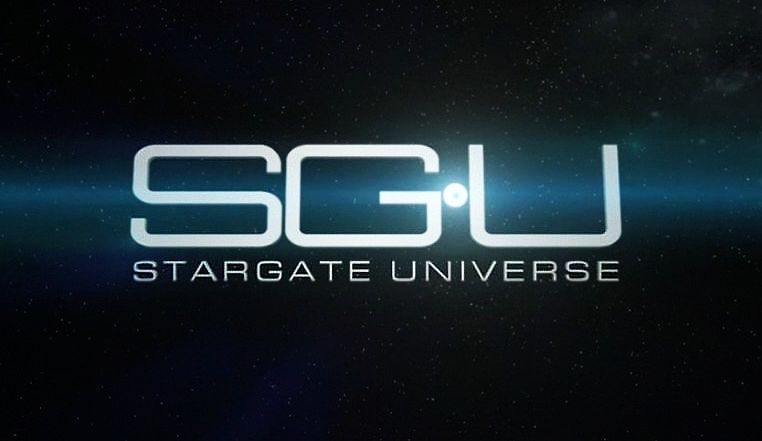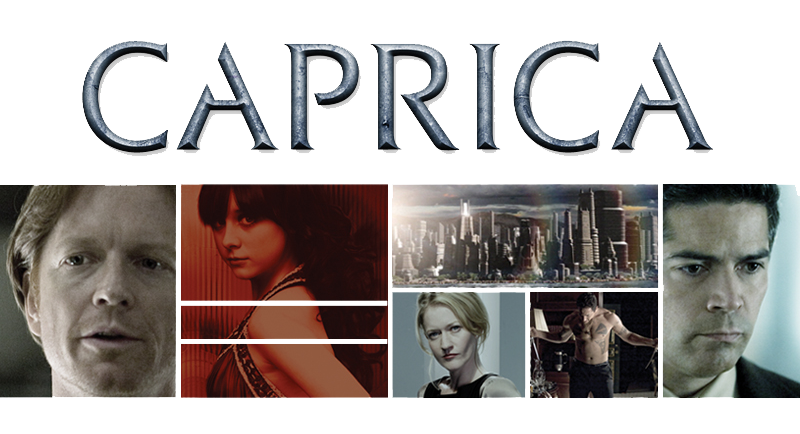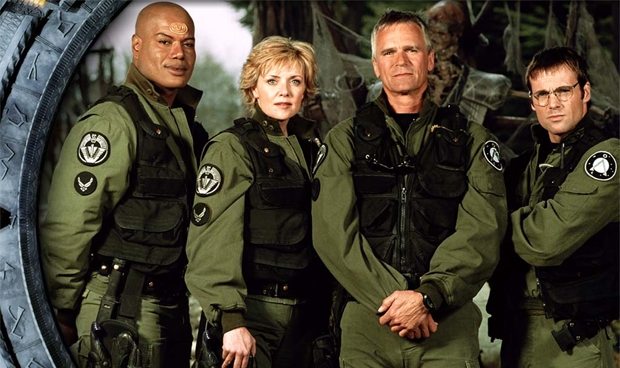Stargate: Universe is the latest addition to the Stargate line of movies and TV shows. In a saga that started in 1994 with a movie starring Kurt Russel, the Stargate franchise has grown to include 3 TV shows and a number of movies based off of them.
Stargate Universe starts on a planet with a stargate that has an extra chevron. A sequence of chevrons constitutes an address of another stargate, allowing instantaneous travel between the two. Through experimentation, it is found that the extra chevron added to an address allows access to an ancient space ship constructed by the same race that invented the stargates. In the first episode, the planet the research is based on is attacked and a small group of researchers, military personnel, politicos, and one geek hired to help out are forced through the gate to take refuge on the ship, their way back destroyed.
Throughout the series it is found that the ship is semi-intelligent. There is no real interaction with the ship’s AI but it operates upon current factors, jumping to systems with key ingredients or materials that it or the crew needs. For instance, the crew is almost out of water in an episode, so the ship jumps to a system with a planet with lots of ice reserves for the crew to bring aboard and melt down for drinking water.
One characteristic that sets this series apart from other science fiction series is that it is very character driven. The special effects are subtle and understated. They take a back seat to the interactions between the different characters and factions. There are three main groups that I classify the characters into, the leaders, the kids, and the supporters.
The leaders are Colonel Young, Dr Rush, and Camile Wray. Colonel Young is obviously the leader of the military crew and is a solid commander. Dr Rush was the main researcher of the science team on the planet and is quite often at odds with Colonel Young. Camile is an aspiring politician and is quite often content to sit back and let Rush and Young argue amongst themselves, but starts taking a more active role later in the series.
The kids are Lieutenant Scott, Lieutenant Johansen, Chloe, and Eli. Both Scott and Johansen are air force soldiers and are thus under Young’s command. Scott is a young officer who provides a moral compass at times when hard decisions are to be made. Johansen is the team’s medical officer. She is not a full doctor so she is not overly confident in her abilities. Chloe is a senator’s daughter, the senator who pioneered the initial research who dies early in the series. Eli is a computer geek who managed to solve a puzzle put into a game by the Air force to try and find someone who can help Dr Rush decode the ancient language to unlock the keys of the ship.
The supporters are miscellaneous military, civilian, and political members. Some of them are named and get screen time now and then, but the majority of them are just extras to provide dramatic reference for the perils and events that occur during the show.
In conclusion, this show is a great addition to the stargate franchise, and anyone who liked the other shows or the movie should check it out. Unlike the other shows/movies the special effects are understated and more emphasis is placed on the humans rather than the technology. It’s Geektime gives Stargate Universe a well deserved 10 on the d10 of reviewing.



